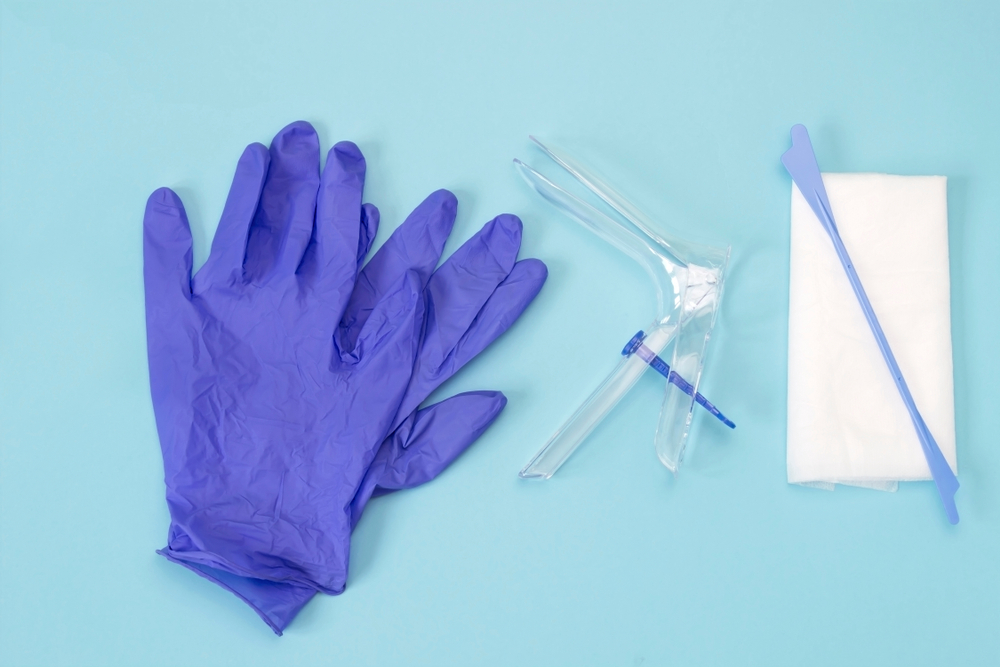As a woman of a certain age, you’ve probably heard of a pap smear, or hopefully had at least one yourself. If you haven’t, well, this is your opportunity to find out why you should and also get some more information about what the test entails.
The pap smear test is a screening test that checks the health of the cervix. It is not a test for cancer but a test to prevent cancer. The pap technique was developed by and named after George Papnicolaou, a Greek born physician and scientist. After many years of research, he reported in 1943 that changes which could lead to cervical cancer could be detected early enough to prevent cancer. This test has since saved the lives of millions of women.
Before we go on, it is important to know what exactly the cervix is. The cervix is the opening to your womb from your vagina. Some people describe it as the neck of the womb. The cervix is what doctors check when women are in labor to find out how ready they are for the delivery of the baby. During childbirth, the cervix widens (dilates), allowing the baby to pass through the birth canal.
The test is done by collecting cells from the cervix and examining them under a microscope. The test can be performed by any trained doctor or nurse. However, it is an intimate examination and should ideally be chaperoned if being performed by a male. If you are not comfortable with a male performing the test for you, do not hesitate to speak up and request a female health practitioner.
- You’ll need to undress behind a screen from the waist down. You’ll be given a sheet to put over you.
- The nurse/doctor will ask you to lie back on a bed, usually with your legs bent, feet together and knees apart. Sometimes you may need to change position during the test.
- They’ll gently put a smooth, tube-shaped tool (a speculum) into your vagina. A small amount of lubricant may be used.
- The nurse/doctor will open the speculum so they can see your cervix.
- Using a soft brush, they’ll take a small sample of cells from your cervix.
- The nurse/doctor will close and remove the speculum and leave you to get dressed.
The test usually takes 5-10 minutes and can be quite uncomfortable and sometimes painful. This is because unfortunately, the design of the speculum is not very friendly. The traditional speculum is a metal device with two lips which are closed when being inserted into the vagina and then widened inside the vagina in order to give a clear view of the cervix. Modern medicine has revised the traditional metal speculum and now there are disposable plastic speculums in use. These are safer because they are single use and also much gentler on the vagina.
In Nigeria, many diagnostic centers offer pap smear tests and you can walk in without an appointment to get one done. When booking your smear test, ask what type of speculum is to be used and request a plastic one if it is available. You may have some spotting or light bleeding after your cervical screening test. This is very common and should go away after a few hours.
The test results can take up to two weeks to come back.
Sometimes you’ll be asked to come back in 3 months to have the test again. This does not mean there’s anything wrong, it’s because the results were unclear. This is sometimes called an inadequate result.
Human papillomavirus (HPV) is not found in your sample
Most people will not have HPV (an HPV negative result).
This means your risk of getting cervical cancer is very low. You do not need any further tests to check for abnormal cervical cells, even if you have had these in the past.
You can carry on as usual and go for screening again in 3 or 5 years.
HPV is found in your sample
If HPV is found in your sample (an HPV positive result) You may need, another cervical screening test in 1 year OR a different test to look at your cervix (a colposcopy.) A colposcopy is a simple procedure to look at your cervix. It’s similar to having cervical screening, but it’s done in hospital.
You might need a colposcopy if your results show changes to the cells of your cervix. If you are referred for a colposcopy, you should try not to worry too much because the cell changes do not happen very rapidly and you should be fine as long as there is follow up planned for you.
Cancer is generally associated with an older population but more and more young women are affected by cancer. As one who had a dear friend undergo major surgery to have her womb removed last year after a diagnosis of cervical cancer, I am now even more emphatic on the need for regular screening. My friend is a 35yr old woman who had absolutely no symptoms and was diagnosed while pregnant thanks to a very observant obstetrician. However for her doctors to have recommended the removal of her womb, the cancer must have become locally invasive or possibly started to metastasize. All while showing no symptoms.
That is the nature of cervical cancer. And it is preventable. You can do your part by getting regular pap smears every three years if you’re between the ages of 25yrs to 64 yrs. If you are not sexually active you can wait until you become sexually active to start getting tested. This is because HPV, the virus responsible for causing cervical changes, is primarily spread via sexual contact.
